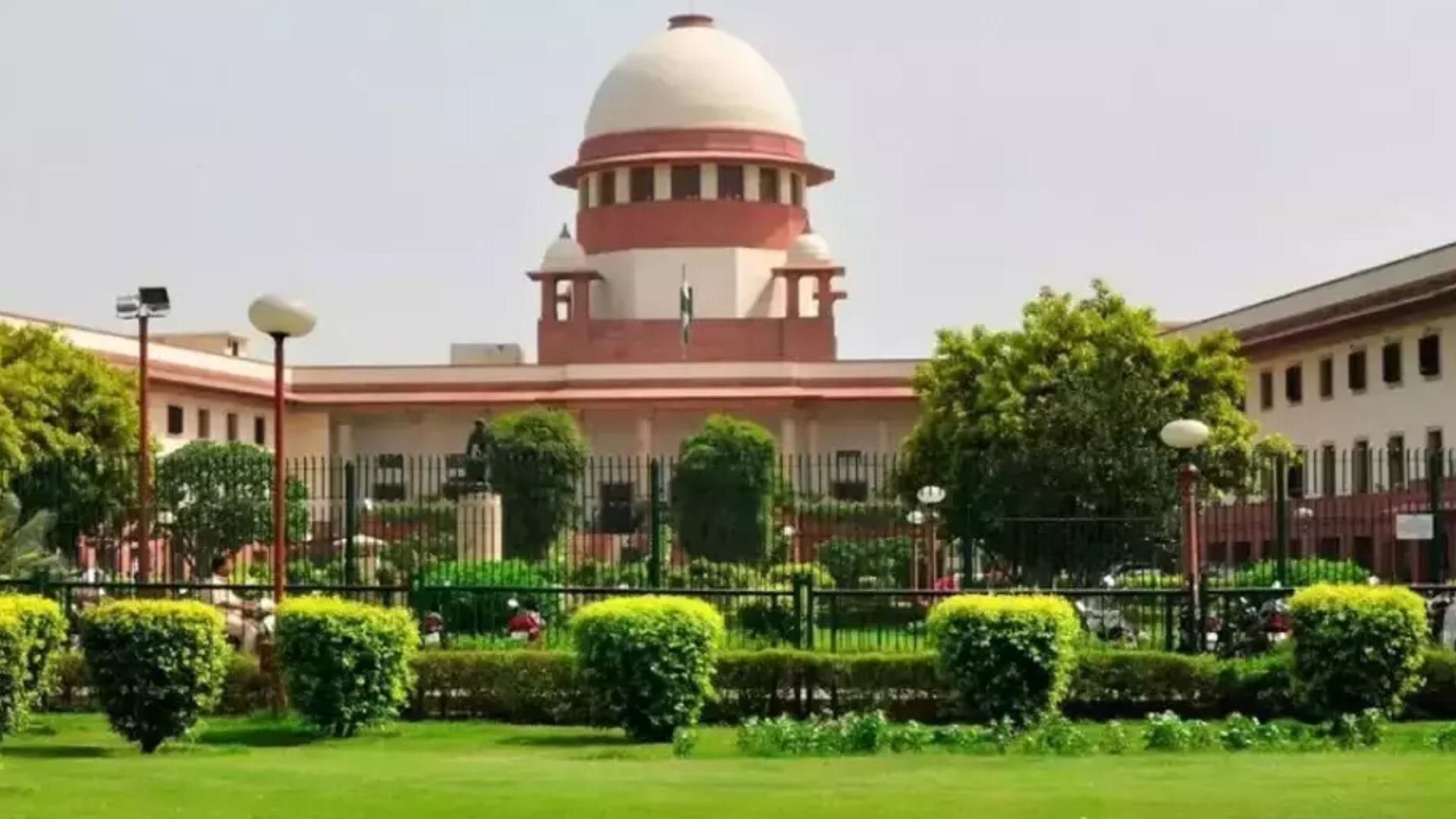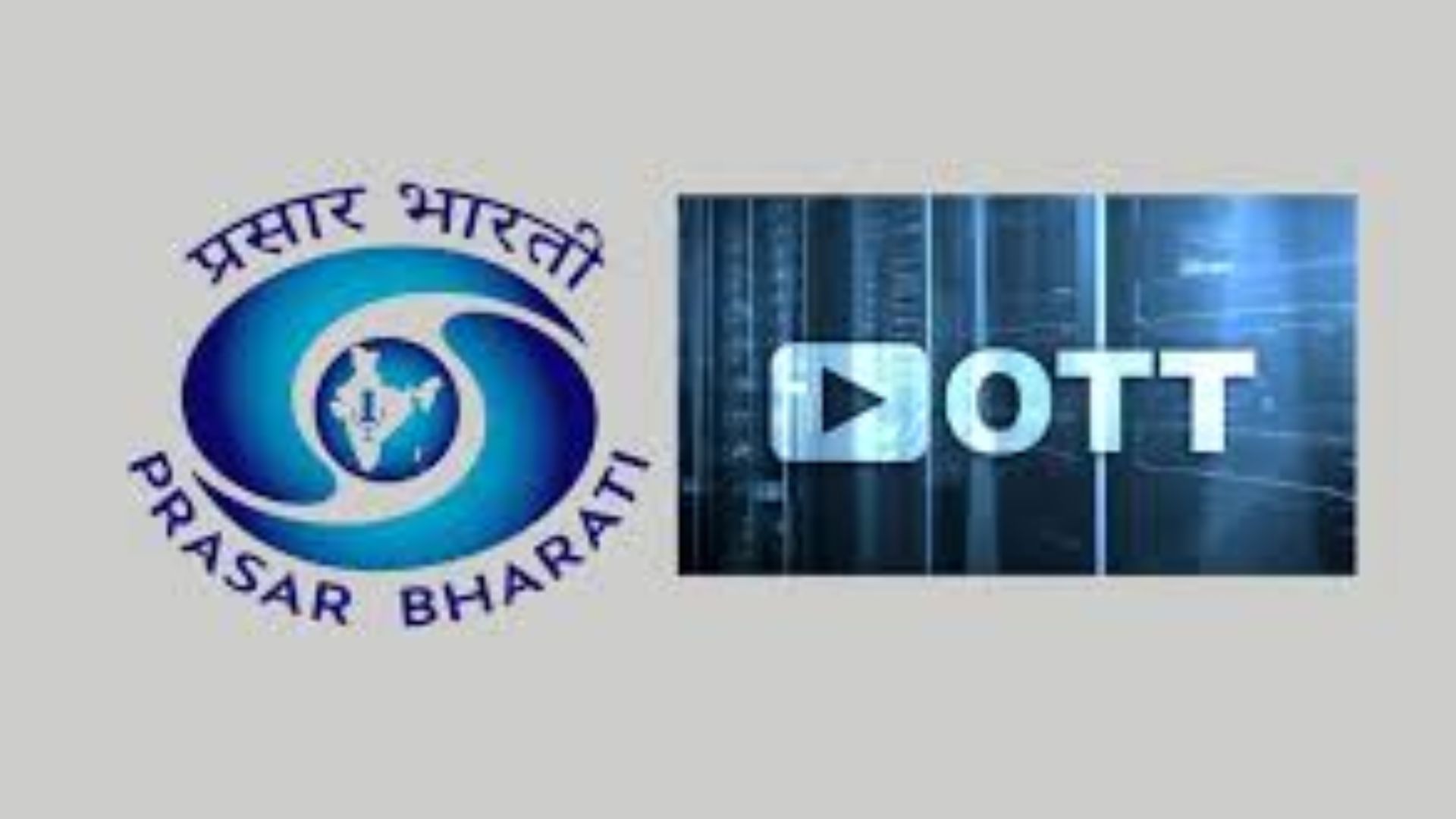In a landmark judgement, the Supreme Court on Thursday ruled that states have the power to sub-classify Scheduled Castes and Scheduled Tribes (SCs and STs) and said that the authority concerned, while deciding if the class is adequately represented, must calculate adequacy based on effective and not quantitative representation.
The Supreme Court ruled by a majority judgement of 6:1 that sub-classification within the Scheduled Caste and Scheduled Tribes (SCs and STs) reservation is permissible. As many as six separate opinions were delivered in the case.
The judgement was delivered by the seven-judge bench led by Chief Justice of India DY Chandrachud, which overruled earlier judgement in the EV Chinnaiah matter, which had held that sub-classification was not permissible because SC/STs form homogenous classes.
Besides CJI Chandrachud, other judges on the bench were Justices BR Gavai, Vikram Nath, Bela M Trivedi, Pankaj Mithal, Manoj Misra, and Satish Chandra Sharma.
Justice Bela M. Trivedi, in a dissenting opinion, said that she disagreed with the majority judgement that sub-classification within the Scheduled Caste and Scheduled Tribes is permissible.
“The state for a valid exercise of power to sub-classify under Article 16(4), is required to collect quantifiable data with respect to the inadequacy of representation of the sub-categories in the
services of the State.
In a judgement written by Chief Justice Chandrachud and Manoj Misra, they opined that Article 14 of the Constitution permits sub-classification of a class that is not similarly situated for the purpose of the law.
“The Constitution does not bar the allocation of a percentage of seats to a caste since every caste is a class. However, the state must have sufficient material to prove inter-se backwardness between each of the castes.
The state must, with the submission of cogent material, prove that there is a rationale principle that distinguishes the groups included and those excluded from the class,” CJI said.
MUST READ: Security Ko Bulao: Chief Justice DY Chandrachud Reprimands Lawyer Over Interrupting NEET Hearing
“However, the rational principle will have a nexus with the object only when the principle can identify the inter-se social backwardness of the class.
For example, if the state allocates a separate percentage of seats for the dhobi caste and the barber caste, it must prove that these two castes suffer from differing levels of social backwardness. It is not merely sufficient for the State to base the classification on the difference in the traditional occupation of the two castes.
Rather, the state must, on the basis of quantifiable data, prove that the castes suffer from different levels of social backwardness. The state must also support this with the submission of
data on effective representation of the caste in the services of the state,” the CJI added.
“Article 14 of the Constitution permits sub-classification of a class that is not similarly situated for the purpose of the law. The Court, while testing the validity of sub-classification, must determine if the class is a homogenous integrated class for fulfilling the objective of the sub-classification.
If the class is not integrated for the purpose, the class can be further classified upon the fulfilment of the two-prong intelligible differentia standard,” CJI Chandrachud said.
The CJI, while overruling the Chinnaiah judgement that sub-classification of the Scheduled Castes is impermissible, also mentioned the scope of sub-classification of the Scheduled Castes, which is that the objective of any form of affirmative action, including sub-classification, is to provide substantive equality of opportunity for the backward classes.
“The state can sub-classify, inter alia, based on inadequate representation of certain castes. However, the State must establish that the inadequacy of representation of a caste/group
because of its backwardness,” the CJI said.
“The state must collect data on the inadequacy of representation in the ‘services of the state’ because it is used as an indicator of backwardness; and Article 335 of the Constitution is not a limitation on the exercise of power under Articles 16(1) and 16(4).
Rather, it is a restatement of the necessity of considering the claims of the Scheduled Castes and the Scheduled Tribes in public services.
The efficiency of administration must be viewed in a manner that promotes inclusion and equality as required by Article 16(1),” CJI said.
Justice BR Gavai, who suggests identifying the creamy layer in SC/STs category, also holds
that E.V.
“The power conferred upon the Supreme Court under Article 142 cannot be used to supplant the substantive law applicable to the case under consideration.
Even with the width of its amplitude, Article 142 cannot be used to build a new edifice where none existed earlier, by ignoring express statutory provisions dealing with the subject and thereby to achieve something indirectly, which cannot be achieved directly.
The action of the State, though well intentioned and affirmative in nature, if it violates the specific provision of the Constitution, cannot be validated by the Supreme Court in exercise of its jurisdiction under Article 142,” Trivedi said.
Justice Mithal also supported the opinion of Justice Gavai over the creamy layer identification of SCs and STs.
Justice Satish Chandra Sharma also expressed agreement with the CJI and said, I am fully in agreement with both opinions to the extent that the validity of sub-classification within Scheduled Castes has been held to be constitutionally permissible.”
“Moreover, I am fully in agreement with the opinion(s) to the extent that any exercise involving sub-classification by the state, must be supported by empirical data that ought to underscore the more ‘disadvantaged’ status of the sub-group to which such preferential treatment is sought to be provided vis-a-vis the Constitutional Class as a whole,” Justice SC Sharma said.
The Supreme Court was dealing with the constitutional validity of Section 4(5) of the Punjab Act, which depends upon whether any such classification can be made within the class of Scheduled Castes or Scheduled Tribes or whether they are to be treated as a homogenous class.
On March 29, 2010, the Punjab and Haryana High Court struck down the provisions, relying on the decision in E.V. Chinnaiah.
The appeal was filed in the top court against the High Court judgement. In August 2020, the top five judge benches referred the matter to a larger bench.
WITH INPUTS FROM ANI
ALSO READ: AAP Government’s ‘Freebies’ Culture Left Them NO Money: Delhi High Court
















